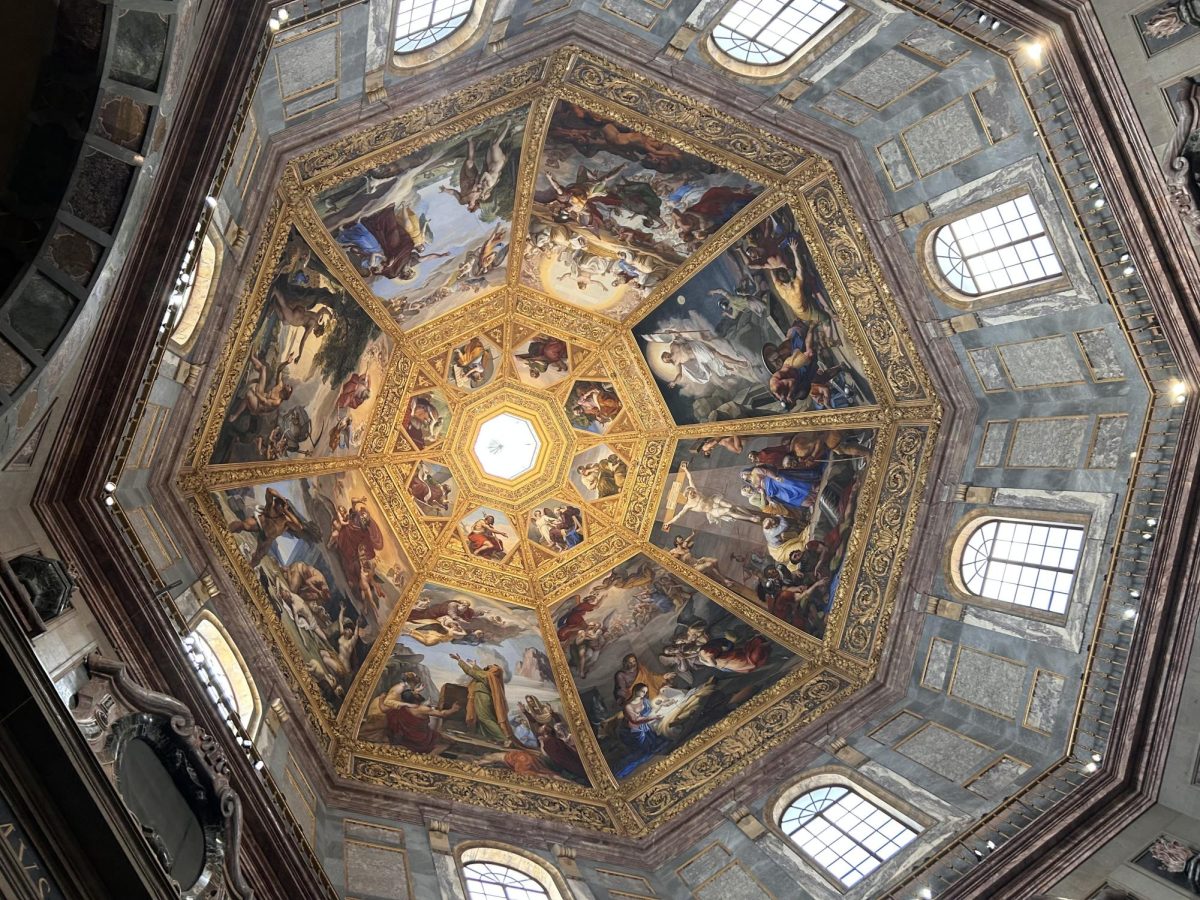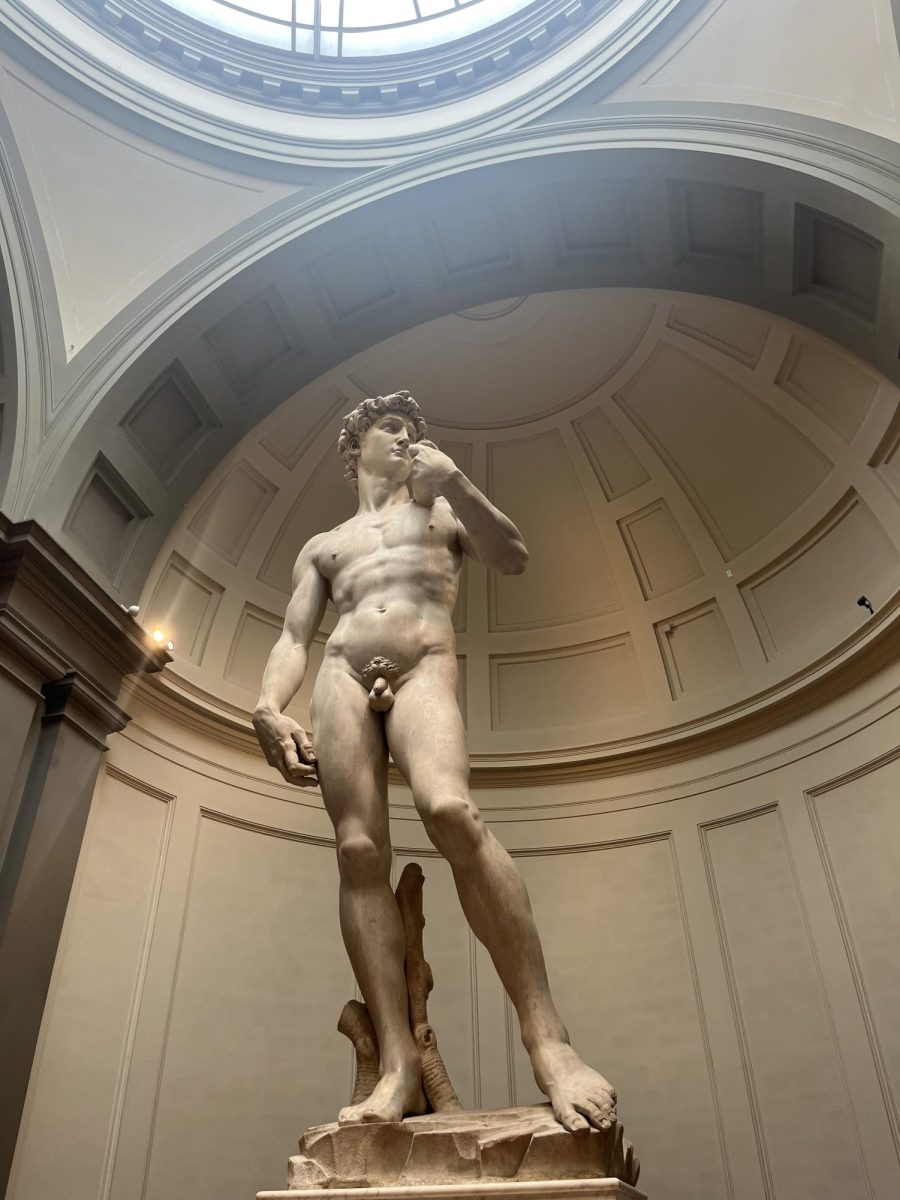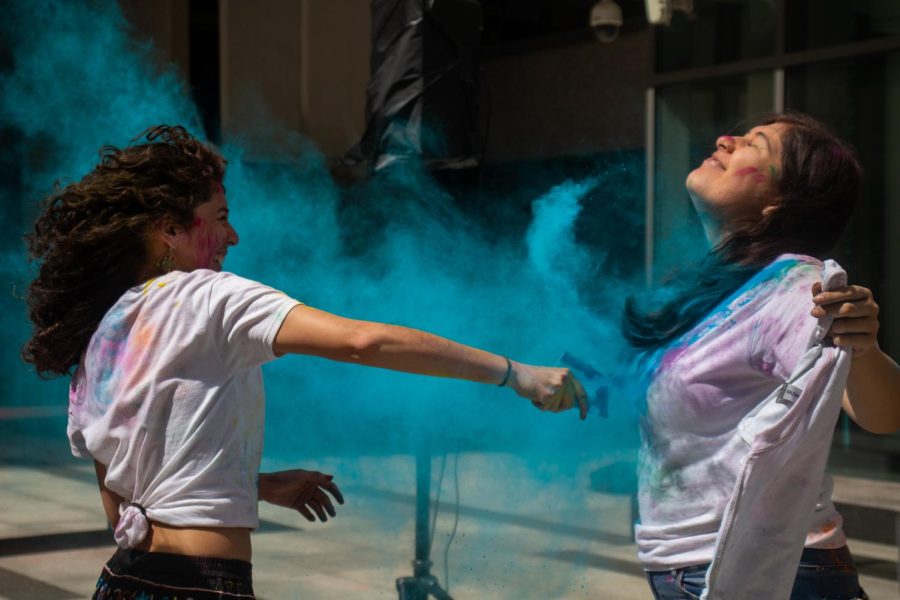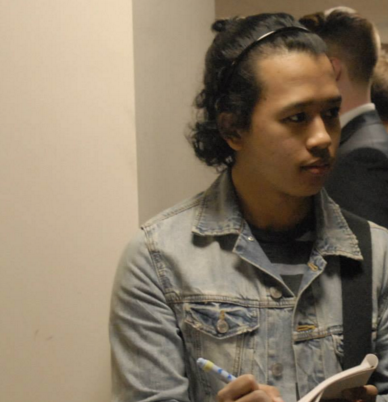It’s funny how on this time of year, the entire world seems to be celebrating at the same time. No matter the culture, religion, or beliefs, the month of December seems to carry a lot of holiday spirit.
In the Philippines, a largely Christian, specifically Roman Catholic, country, Christmas is celebrated much like here in the U.S. Although, with its own quirks and customs.
The country mixes traditional Christian views on the holiday with American influences, considering it has been occupied by the U.S. for some time. And with American media viewed in almost the entire world, it’s possible that many have been influenced by the practices exhibited on their screens.
Much like Hanukkah, Christmas is celebrated on multiple days for ”Simbang Gabi” which is a novena, an act of public or private prayers particularly in mass for nine straight days, from Dec. 16 to Dec. 24, usually before dawn at around 3 to 5 a.m. After these masses, visitors are given traditional Filipino rice pastries: puto bumbong, bibingka, suman and others.
On the night of Christmas Eve, Nochebuena is celebrated much like in Latin countries. Pigs are roasted whole, called lechon, along with other dishes. These days, any kind of food is welcomed for the meal, but lechon and pancit are staples. Pancit, however, can be replaced with any noodle dish, as the noodles represent long life. This was likely borrowed from other Asian cultures.
People make it a habit to buy gifts for their loved ones and national public transportation lines do get busier. Buses, planes, and trains are extremely busy and reservations should be made earlier. Everyone is trying to go home to their province to enjoy the time with their families.
There are some families who practice the tradition of making parols, star-shaped lanterns. These are staples in the Filipino holiday and could often be seen almost everywhere during the Christmas season. They could even be considered the replacement for Christmas wreaths, although those can also be found in the Philippines just not as common as the parol.
There is a focus on the Nativity of Jesus Christ. Almost all families have the manger scene in their homes and on Christmas day, with the piece of Jesus as a baby put in the manger as a symbol that it is Christ’s coming into the world.
My late grandfather, who was mayor of the municipality of Ragay, would hold a feast and invite his constituents to share Christmas with he and his family. This was his own way of sharing his blessings with the people he serves. He wanted everyone to share in a meal and that at least on one day, everyone in his town got to eat.
There would be people lined up outside his house, waiting patiently to get to the food. Rice, lechon, pancit, chicken, beef, and sweets would be on their plates as they’d sit on the plastic tables and chairs spread about.
However different cultures may be or how far the distance is, the holidays is always about sharing with others.







